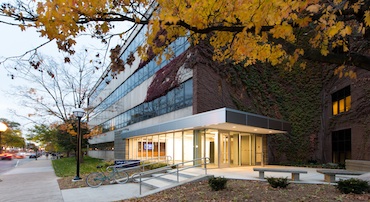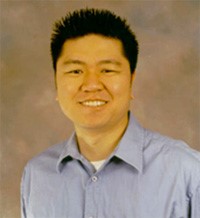23rd Annual John G. Wagner Memorial Lecture
Warren C. W. Chan, PhD
Institute of Biomaterials & Biomedical Engineering (IBBME)
Donnelly Centre for Cellular and Biomolecular Research (CCBR)
Materials Science and Engineering
Chemical Engineering - University of Toronto
Abstract
Nanotechnology involves the engineering of structures, materials, and particle in the size range of 1 to 100 nm. These nanostructures have unique biological, optical, electrical and magnetic properties that are in direct relationship to their size, shape, and surface chemistry. As a result of these properties, nanotechnology is currently exploited in medicine for diagnosing and treating diseases. In this presentation, the properties of nanomaterials and challenges associated with using them for cancer targeting will be discussed. Specifically, the discussion will focus on how biological fluids and serum proteins influence the morphology, surface chemistry, and targeting ability of the nanoparticles in cells outside and inside the body. We will further describe chemical strategies using DNA-based molecular assembly to address the nanoparticle “delivery” challenge.
Biography
Dr. Chan is currently the Canadian Research Chair in Nanoengineering in the Institute of Biomaterials and Biomedical Engineering at the University of Toronto. He is also the Head of Biomedical Engineering. Dr. Chan received his B.S. degree from the University of Illinois in 1996, Ph.D. degree from Indiana University in 2001, and post-doctoral training at the University of California (San Diego). He moved to Toronto in 2002 to lead the Integrated Nanotechnology/Biomedical Sciences Laboratory. His research interest is in the development and translation of nanotechnology for diagnosing and treating cancer and infectious diseases. He has received NSERC E. W. R. Memorial Steacie Fellowship, Kabiller Young Investigator Award in Nanomedicine, the BF Goodrich Young Inventors Award, Lord Rank Prize Fund award in Optoelectronics (England), and Dennis Gabor Award (Hungary). He is currently an Associate Editor of ACS Nano. Finally, he is also affiliated with a number of different departments at the University of Toronto: Department of Materials Science and Engineering, the Terrence Donnelly Center for Cellular and Biomolecular Research Chemistry, Chemistry and Chemical Engineering.




